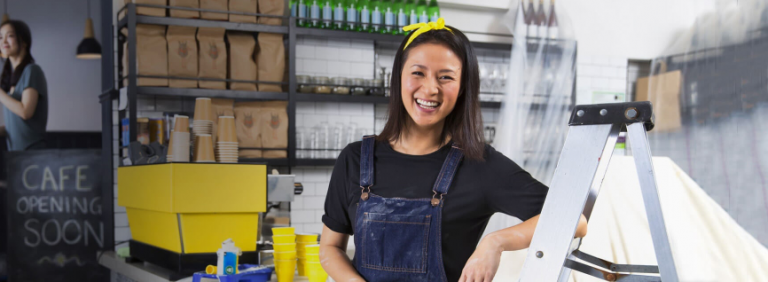Popular COVID-19 business topics
Government resources and guidance
When someone tests positive at work
Read the guidance for businesses with workers who test positive to COVID-19.
Vaccination in the workplace
Check if you need to be vaccinated to go to work.
Rapid antigen tests and the workplace
Check the SafeWork NSW advice for businesses on rapid antigen tests.
Keeping workers safe
Health and safety guidelines on how to minimise the risk of infection in your workplace.
Posters and signage
Signs, posters and social media graphics can be used in the workplace to help everyone stay safe and reduce the risk.
Understanding ventilation
Natural airflow helps reduce the spread of COVID-19. Understand the SafeWork NSW ventilation guidance.
Protect your business and your community
COVID Safety Plan Checklist
Use this checklist to manage the risks of COVID-19 to your business and keep your workers and customers safe.
Notify SafeWork NSW of a COVID case
When a worker contracts COVID-19, you must notify SafeWork NSW if the person requires hospital treatment or if they die.
Related apps
Service NSW
Stay up to date with the latest NSW Government information. Access COVID-19 updates, digital licences, renew your rego and check fines and demerits.
Speak Up Save Lives
Workplace safety is everyone’s responsibility.
If you see something unsafe in your workplace, SafeWork NSW wants you to speak up and tell your boss. This app lets you report an unsafe work situation and it gives you the choice to remain anonymous. You can tag your location, include photos, and choose to be kept updated on the issue you’ve reported.
Contact us and find translation help
- Service NSW – information and advice for NSW residents and businesses. Phone 13 77 88
- Healthdirect – government-funded 24-hour health advice. Phone 1800 022 222
- Disability Gateway – information for people with disability. Phone 1800 643 787
- Mental health support, services and programs
- Service NSW Savings Finder – find rebates and vouchers relevant to you
- Business Concierge – tailored advice from Business Connect advisors. Phone 13 77 88
- Translating and Interpreting Service (TIS National) – free service provided by the Australian Government. Phone 13 14 50

